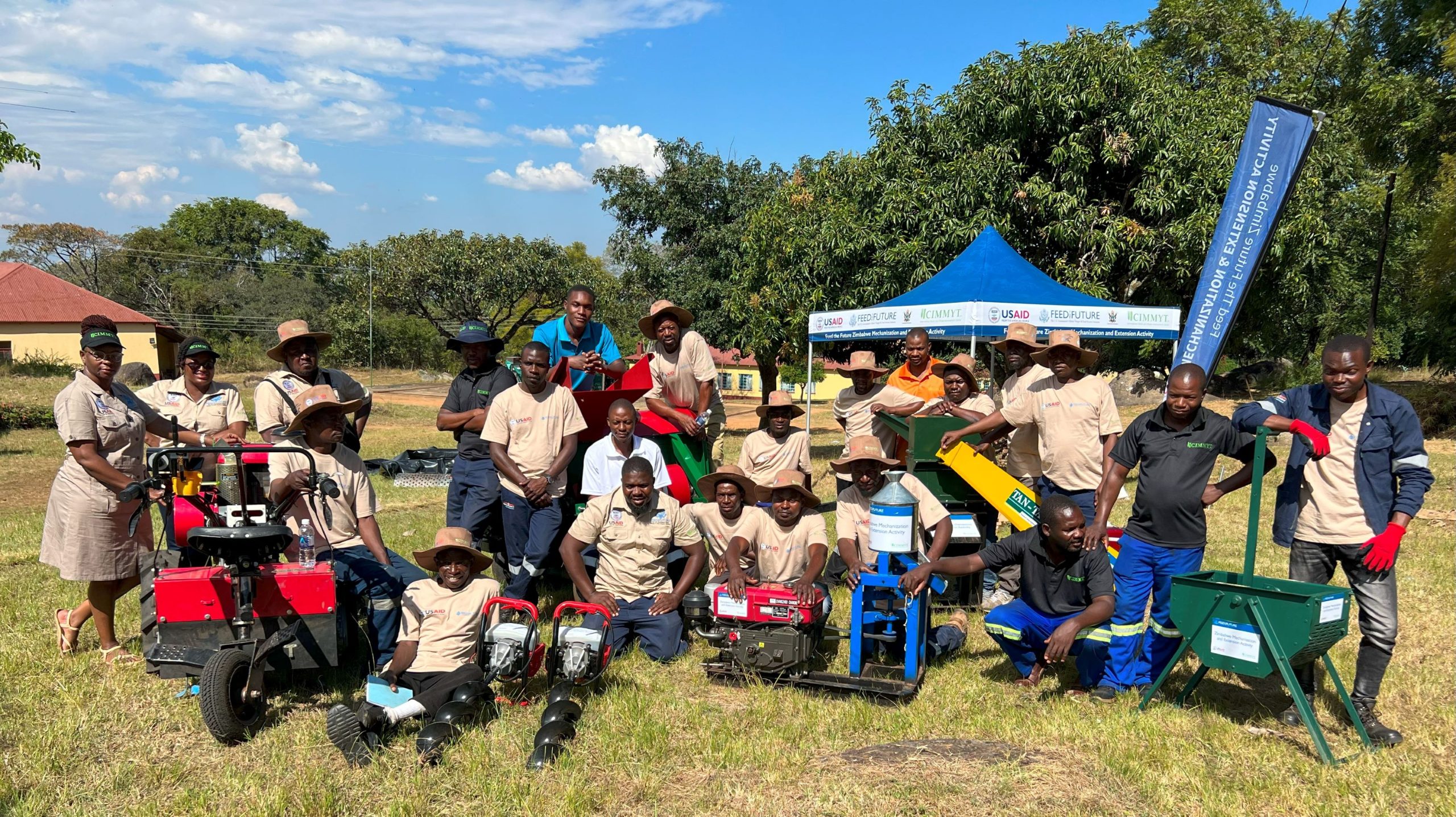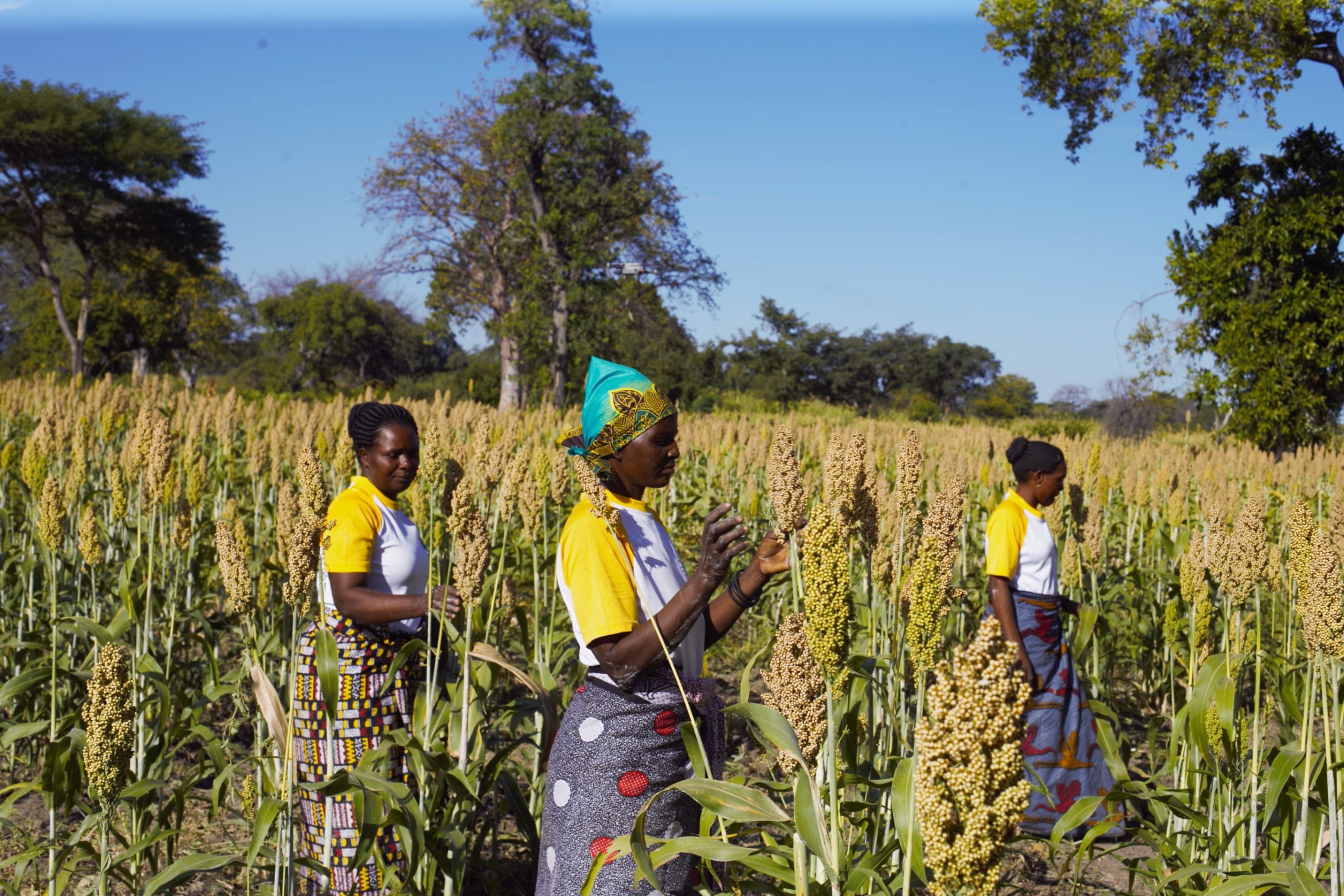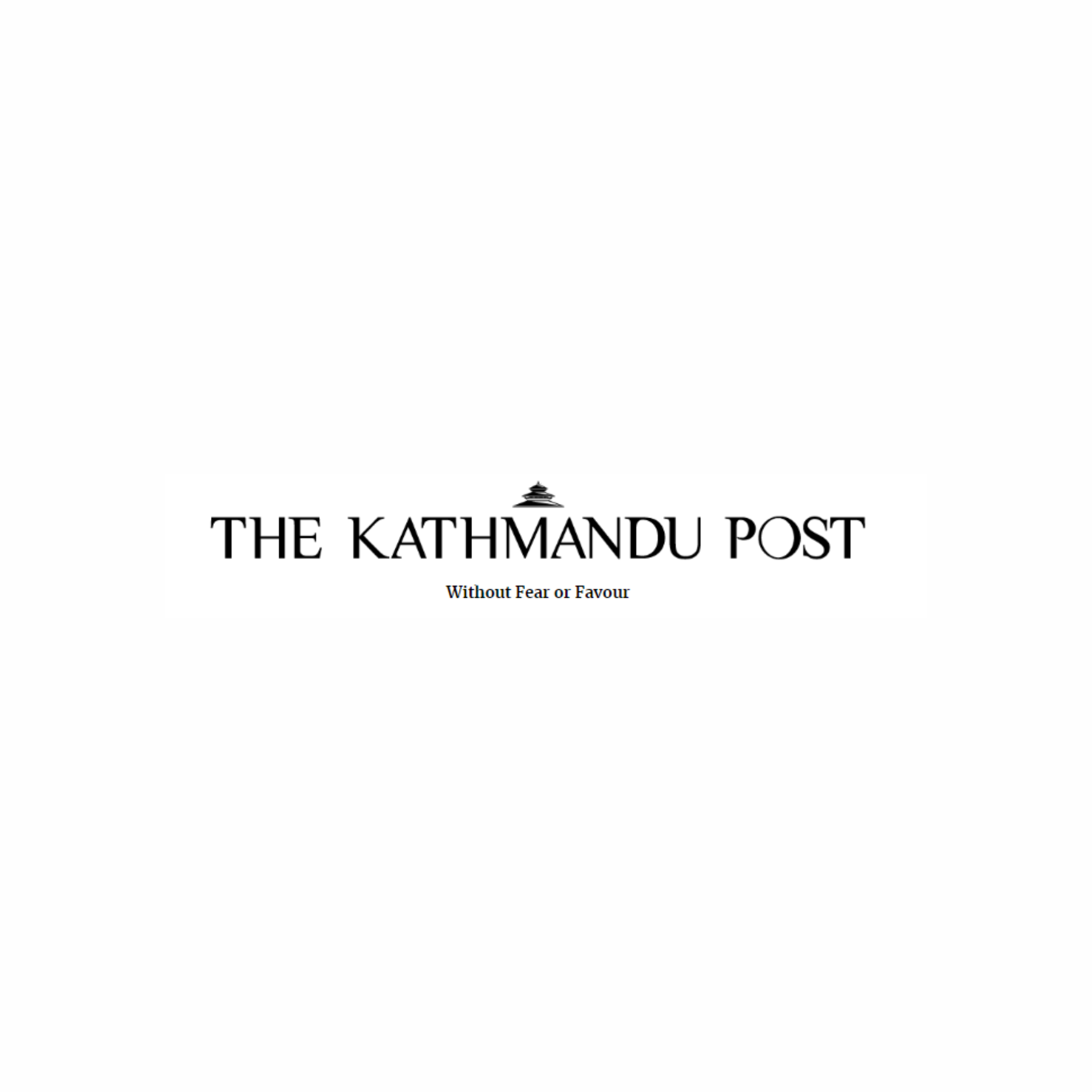Poverty reduction, livelihoods and jobs
CIMMYT and WorldVeg strengthen collaboration in the midst of the climate crisis to increase their impact
 Capacity development
Capacity development
Agreement builds on successful partnership in southern and eastern Africa.
Connecting rural Nepalese farmers to the market through Interactive Voice Response (IVR) service
 Innovations
Innovations
Source: ComDev Asia (26 Nov 2023)
Scientist emphasizes digital agro-advisories utilization
 Capacity development
Capacity development
Source: The Horn (14 Nov 2023)
CIMMYT scientist, Kindie Tesfaye highlights the role of user-centric climate information services and advisories in empowering farmers.
Nepal maize farmers share vision of a more profitable future with visiting agriculture officials
 Innovations
Innovations
Energized linkages with grain buyers through the Nepal Seed and Fertilizer Project have farmers planning to expand maize cropping.
Empowering local mechanics for sustainable machinery maintenance
 Capacity development
Capacity development
Training workshop for Zimbabwean mechanics guarantees efficient machinery service under USAID-funded Mechanization Activity.
Sorghum seed sales profit and empower rural women in Tanzania
 Gender equality, youth and social inclusion
Gender equality, youth and social inclusion
In a remote rural area of Tanzania, a group of women farmers has defied the odds and found prosperity through the cultivation of certified sorghum seeds.
Bringing mechanization to farmers’ doorsteps
 Innovations
Innovations
A mechanization project promotes the uptake of scale-appropriate machinery for smallholder farmers in rural Zimbabwe.
CIMMYT makes progress on some of the world’s top problems: 2022 Annual Report, “Harvesting Success”
 Capacity development
Capacity development
CIMMYT presents its 2022 Annual Report.
Community Business Facilitator: providing a service to farmers while increasing community access to nutritious food
 Gender equality, youth and social inclusion
Gender equality, youth and social inclusion
Women farmers in Nepal are increasing their income and leading positive change in their communities through capacity building programs in mechanization and post-harvest management.
Breaking barriers in agriculture
 Capacity development
Capacity development
Source: The Kathmandu Post (10 Oct 2023)
In Nepal, the collaboration between IWMI, CIMMYT, and local governments thus opened a promising path toward sustainable agricultural development, where the enthusiasm and involvement of farmers became the cornerstone of progress and innovation.
Breaking barriers in agriculture
 Gender equality, youth and social inclusion
Gender equality, youth and social inclusion
Source: The Kathmandu Post (25 Sep 2023)
The International Water Management Institute and CIMMYT conducted research on Sustainable Intensification of Mixed Farming Systems (SI-MFS), including innovations in six potential areas that are urgently needed to transform agricultural practices.
Fodder Technology Chops Backbreaking Labor in Half for Bangladeshi Women
 Environmental health and biodiversity
Environmental health and biodiversity
Source: AgriLink (31 Mar 2023)
The fodder chopper implemented by CIMMYT has been a game-changer for female farmers and wider rural economies in Bangladesh.
LIPS-Zim empowers smallholder farmers
 Climate adaptation and mitigation
Climate adaptation and mitigation
Source: NewsDay (7 Sep 2023)
CIMMYT in partnership with various research institutions, seeks to increase livestock production and productivity by farmers through the Livestock Production Systems in Zimbabwe (LIPS-Zim) project.













